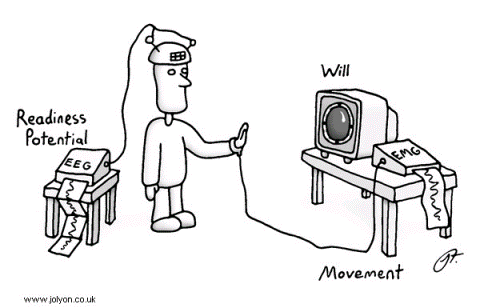So far in the invention process you’ve worked your way around — and back and forth — along the cycle a few times. You’ve examined the problem, researched some solutions, and even drafted designs. In this test we’re going to look more at testing your drafted design, which as you can guess will lead you back through the cycle depending on the outcome. It’s a crucial point to your invention cycle that can’t be skipped unless you can guarantee all your theory work is spot on and exacting. And, unless you’re an engineering demi-god, it’s likely that you’ll make mistakes from time to time. Plus, it’s always fun to play around and check the results. Isn’t that part of why you are working on your inventions?
In it’s simplest expression, experimenting really is barely more than testing your ideas and observing what happens.

However, it’s a little more complicated than that. How you design your test will determine how good it is for your results. And, how complicated you need to get depends on your desired outcome. Are you wanting to just see what happens when you add yolks to the egg whites when making meringue for a delicious pie? Then all you need is are the eggs, bowl, and mixer, right?
Nope. You need a control. A control experiment is, per definition, an experiment in which the variables are controlled so that the effects of varying one factor at a time my be observed.
When making meringue you beat the egg whites until the they form into stiff peaks. Sounds like it should be easy, but there are certain considerations to take into account, such as temperature of the eggs to how fast you add the sugar. All these variables must be controlled if you want to see to what degree you can fudge the yolks before all your hard work is ruined.
So, take a few moments to consider your experiment. What are your variables? What is the control? What variable are you want to test to see what difference it can make?
James Dyson illustrates this beautifully in his book Against the Odds when he discusses his method for finding the size of cone to use in his cyclone vacuums. One size didn’t provide enough sucking power, while another could be too dangerous for anyone to buy. So, Dyson experimented with size, configuration, and number to get the optimum amount of sucking power while still being safe to use by alarmingly idiotic people.
The key here is persistence in testing and observing the results. Don’t be afraid to go back through the whole cycle over again in effort to perfect the solution to your unique problem.
Previous: Invention Process
Next: Exam checklist
Jump to:
